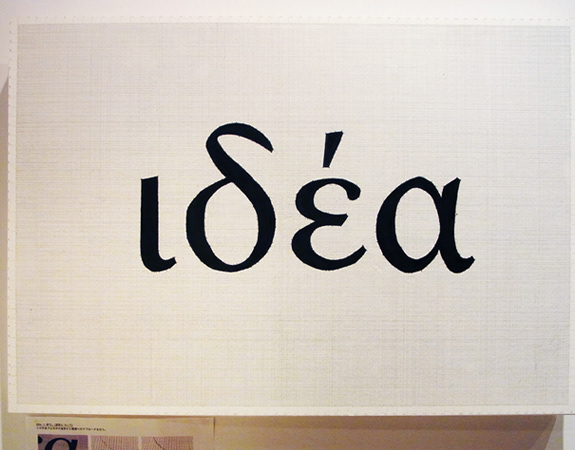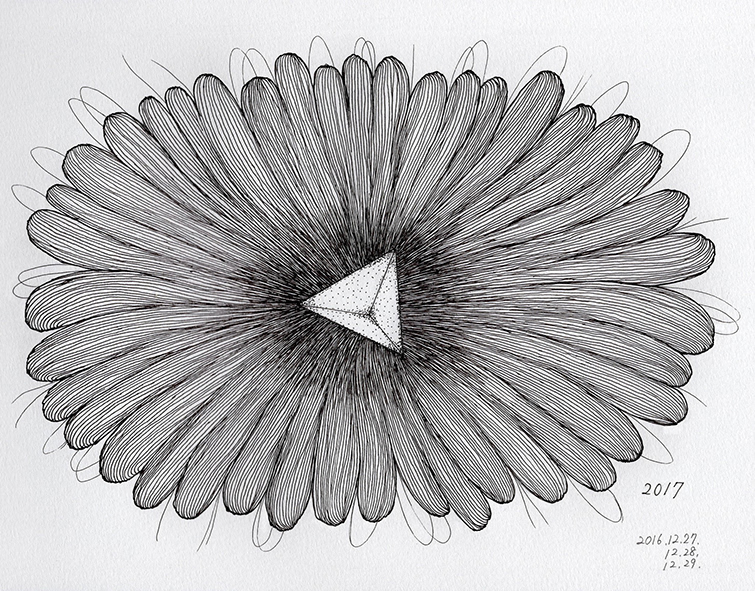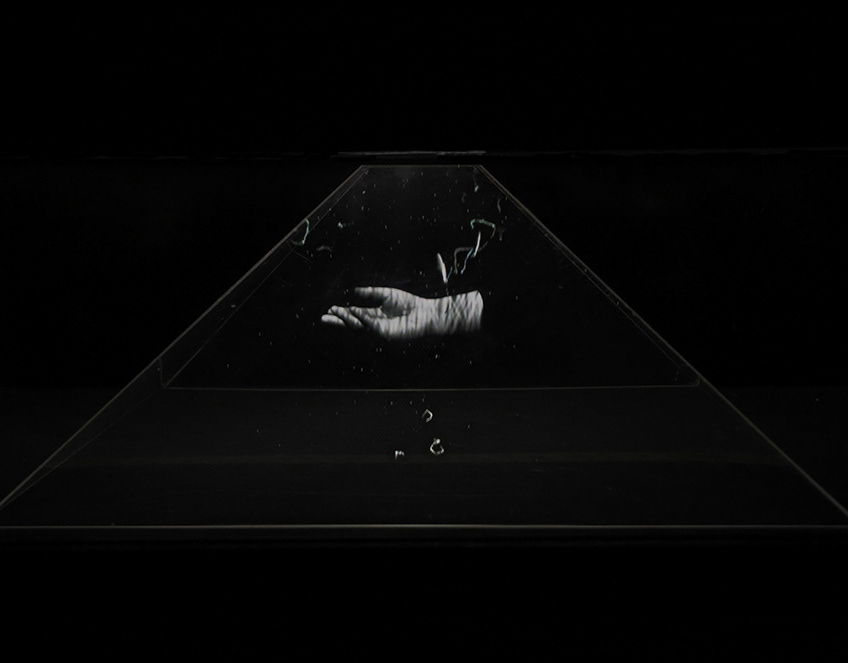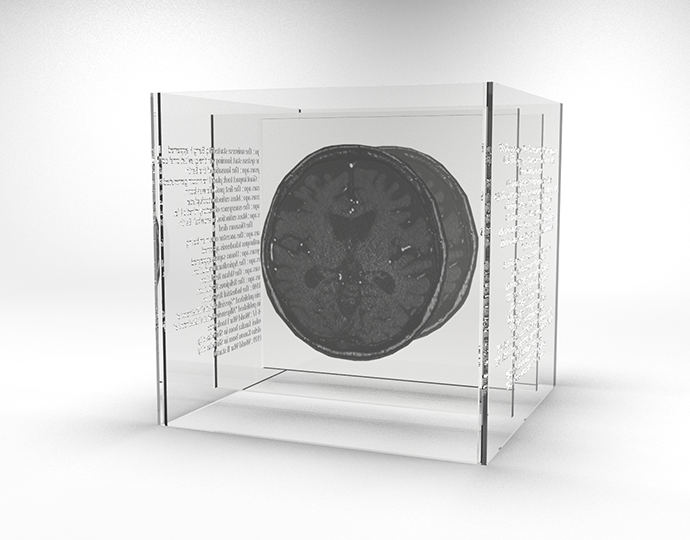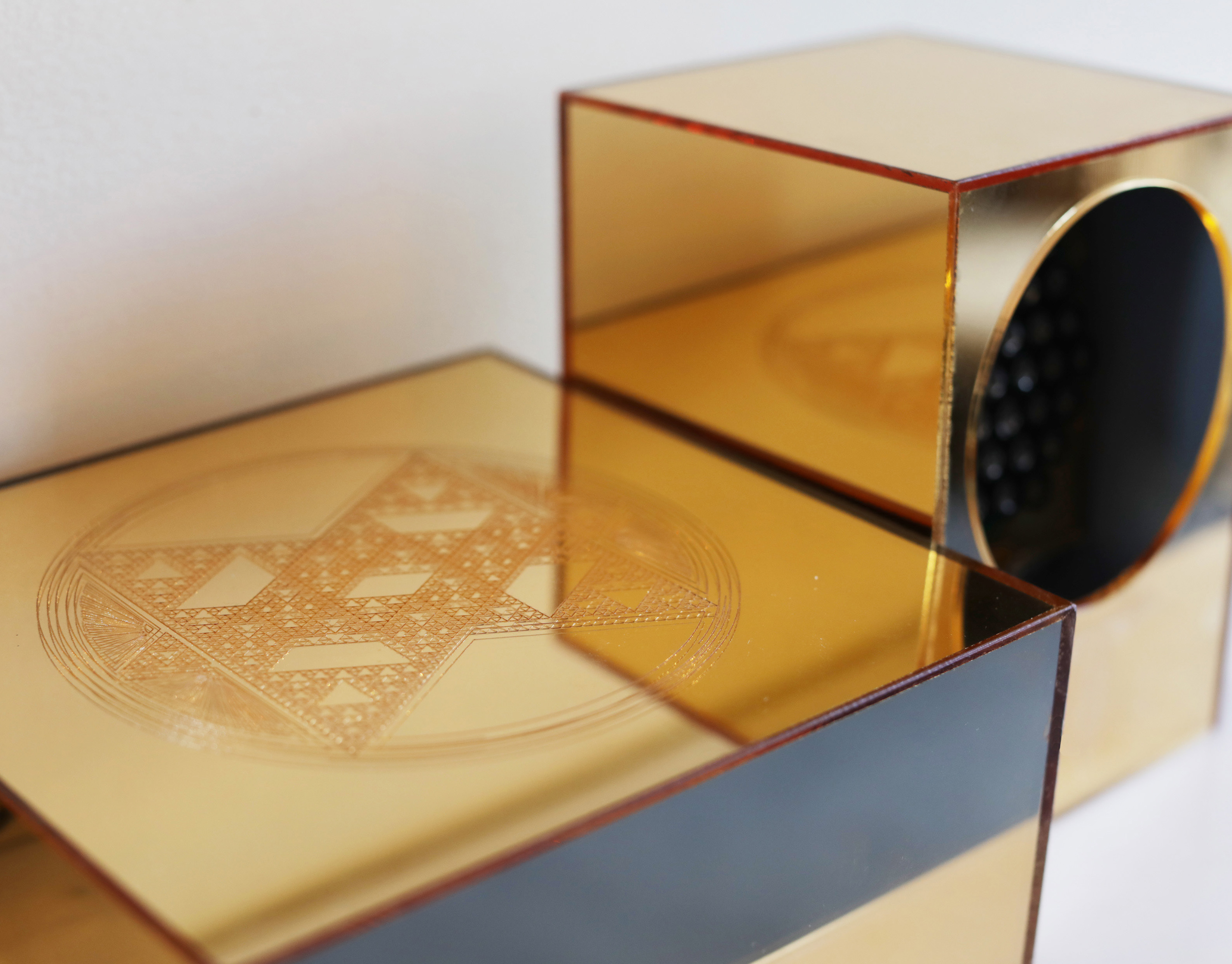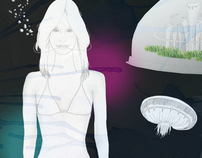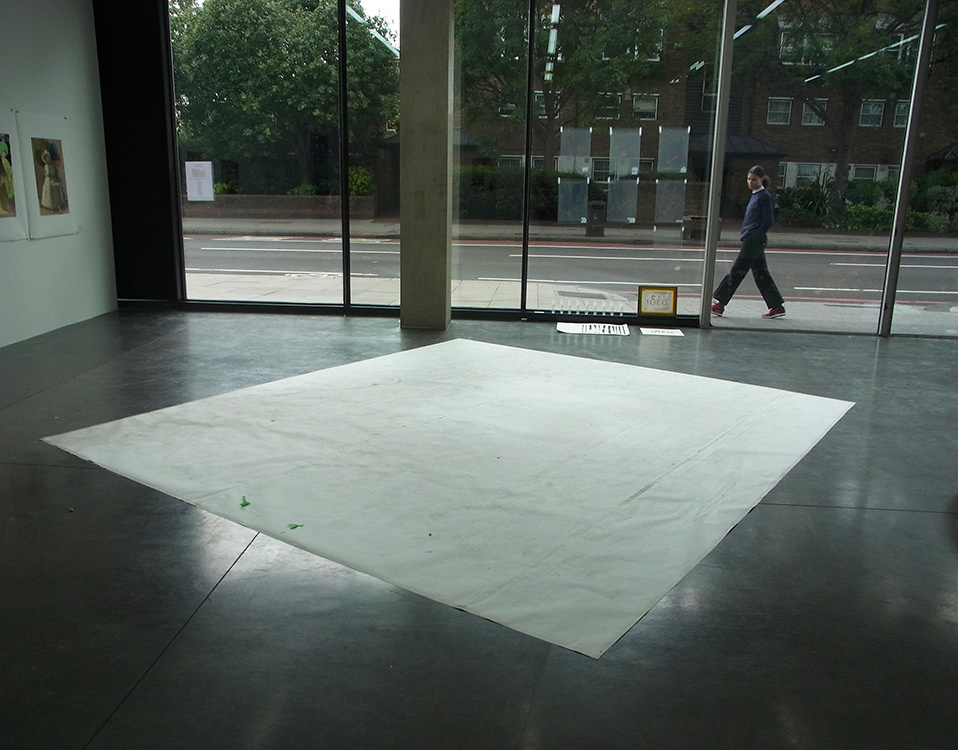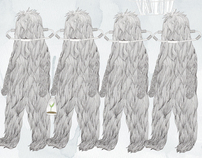Memory of Ghost ~ Sound of gravitational wave ~ (2020/2021)
Overview
Gravitational waves are phenomena generated by collisions between black holes and neutron stars, and supernova explosions. The phenomenon had already been predicted by the general theory of relativity proposed by Einstein in 1916, but the first direct direction of gravitational waves took place on14th Sep, 2015, in the LIGO project jointly developed by MIT and Caltech. When the phenomenon occurs, the accelerated masses release gravitational waves that may subsequently reach Earth, which means that these waves hold a
space-time memory of dead stars in the past.
space-time memory of dead stars in the past.
In this work, the sound of gravitational waves that is half infrasound (inaudible) is utilized and represent as a performative ceremony; combination of cymatics utilizing the sound of gravitational wave, text reading, and image projection. And the work aims to visualize and appreciate the memory of a dead star. The audience only sees the water vibrating as a result of the half-inaudible sound/gravitational wave, and feels the waves created by the invisible gravitational wave, similar to those visible on the surface of the pottery.
Moreover, there is an anecdote that infrasound was used as a method to detect ghosts in the past. This narrative is also tied to the way gravitational waves convey the memory of stars that died in collisions and explosions, and to the title of the work, Memory of Ghost.
Moreover, there is an anecdote that infrasound was used as a method to detect ghosts in the past. This narrative is also tied to the way gravitational waves convey the memory of stars that died in collisions and explosions, and to the title of the work, Memory of Ghost.
Cymatics pattern by gravitational waves
The gravitational wave is already invisible to humans when it reaches the earth, and the sound of the gravitational wave also includes the infrasound that is inaudible to humans.
Therefore, the work aims to visualize the invisible gravitational waves and the memory of dead stars by visualizing them with the Cymatics pattern that appears on the liquid surface vibrating due to inaudible sounds.
Furthermore, it is worth noting that a part of the Cymatics pattern that appears on the liquid surface due to the sound of this gravitational wave closely resembles the pattern used as a virtual model of the gravitational wave. Therefore, the viewer can experience as if the gravitational wave phenomenon reproduces on the surface of the liquid. Also, the sound that usually generates the Cymatics pattern is often artificially created music, and the point that the physical phenomenon itself causes the Cymatics pattern is also a noteworthy
point of this work.
Therefore, the work aims to visualize the invisible gravitational waves and the memory of dead stars by visualizing them with the Cymatics pattern that appears on the liquid surface vibrating due to inaudible sounds.
Furthermore, it is worth noting that a part of the Cymatics pattern that appears on the liquid surface due to the sound of this gravitational wave closely resembles the pattern used as a virtual model of the gravitational wave. Therefore, the viewer can experience as if the gravitational wave phenomenon reproduces on the surface of the liquid. Also, the sound that usually generates the Cymatics pattern is often artificially created music, and the point that the physical phenomenon itself causes the Cymatics pattern is also a noteworthy
point of this work.
Sound score ~ Translating the beauty of scientific evidence into the context of art
The starting point of this work's concept was the research for infrasound (the low range of the sound that humans can't hear). And while researching infrasound, I had the opportunity to think about sound scores through John Cage works such as "Fontana Mix" which I had researched since last year; therefore, this original format of the sound score came to produce.
Since the number of gravitational waves has not been detected yet, and each number has a unique name and numbering. Therefore, the name of gravitational wave and waveform of sound are arranged as a score along with edited sound. It aims to represent the beauty of scientific data in the context of art by reorganizing the evidence of physics as a score.
Furthermore, depending on the structure of the sound in performance, the contents of sound score will be changed every time, and a unique score will be produced in every performance.
Furthermore, depending on the structure of the sound in performance, the contents of sound score will be changed every time, and a unique score will be produced in every performance.
[Sound credit]
LIGO/University of Oregon/Dr. Ben Farr
M Vallisneri et al. "The LIGO Open Science Center", proceedings of the 10th LISA Symposium, University of Florida, Gainesville, May 18-23, 2014; also arxiv:1410.4839
[Scientific Adviser]
Dr. Fabio Iocco
(Professor in Theoretical Physics and Mathematical Physics, Napoli Astroparticle group)Università di Napoli "Federico II", Italy.
(previous institutions- till Jan 2020 /Imperial College London, Physics Department, Blackett Laboratory, till August 2019/
International Center for Theoretical Physics-South American Institute for Fundamental Physics, São Paulo, Brazil.)
Dr. José Eliel Camargo-Molina
Research Associate, Imperial College London
Co-director Art & Science Initiative
Dr. Simon Foster (Solar-terrestrial Physicist)
Department of Physics / Imperial College London
Department of Physics / Imperial College London
[Reference]
KAGRA Observatory (2020). About the gravitational-wave.
KAGRA Observatory (2020). About the gravitational-wave.
https://gwcenter.icrr.u-tokyo.ac.jp/plan/aboutu-gw (accessed 15th June 2020)
Kimio Hirano(2002). The measurement of the gravitational-wave. https://www.s.utokyo.ac.jp/ja/story/newsletter/takumi/02.html (accessed 15th June 2020)
